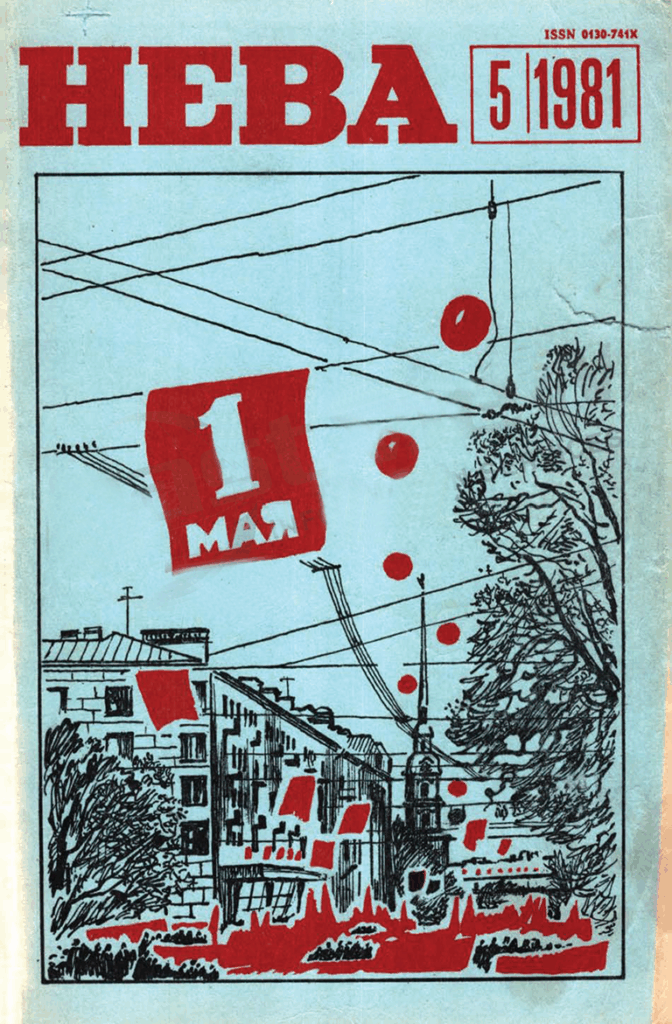Neva Digital Archive
Key publication chronicling Soviet and post-Soviet literature, history, and public thought
Neva (Нева, Neva) is one of Russia’s most prominent “thick journals,” published monthly in St. Petersburg since April 1955. Founded as the official organ of the Leningrad Writers’ Organization, Neva quickly established itself as a central platform for Soviet and post-Soviet literature, history, and public thought. Over the decades, it has brought together many of the country’s most important voices in prose, poetry, criticism, and public affairs.
Among its contributors were Mikhail Zoshchenko, Mikhail Sholokhov, Veniamin Kaverin, Lev Gumilyov, Dmitry Likhachov, Aleksandr Solzhenitsyn, Daniil Granin, the Strugatsky brothers, Vladimir Dudintsev, and Vasil Bykaŭ. A number of works first published in Neva went on to receive State Prizes and wide recognition, including Dudintsev’s novel White Robes. The journal was also one of the first in the USSR to introduce readers to Robert Conquest’s The Great Terror and Arthur Koestler’s Darkness at Noon.
While grounded in the traditions of St. Petersburg literary culture, Neva has consistently balanced classic and emerging voices, Russian and émigré literature, fiction and documentary prose. Its sections—ranging from “Prose and Poetry” to “History of the Present,” “Criticism and Essays,” and “Petersburg Book World”—have offered readers both creative works and unique historical testimony, including valuable archival discoveries.
